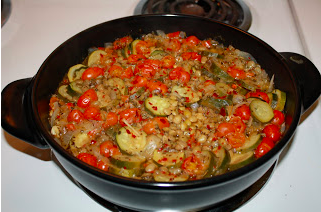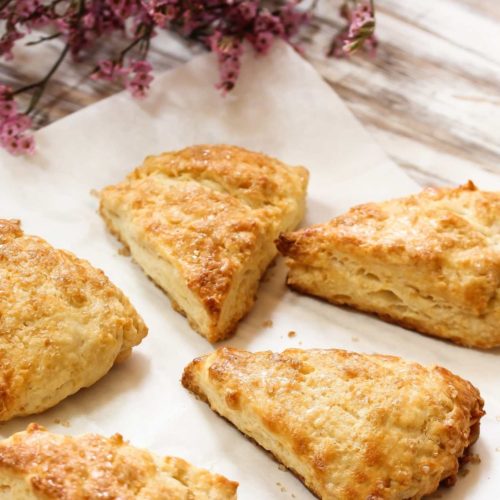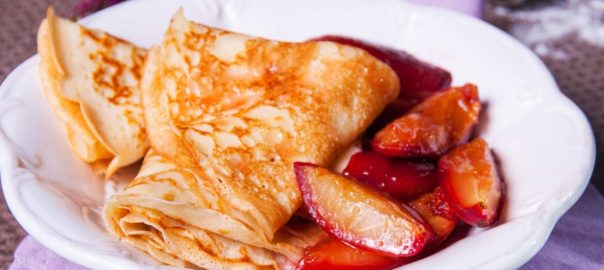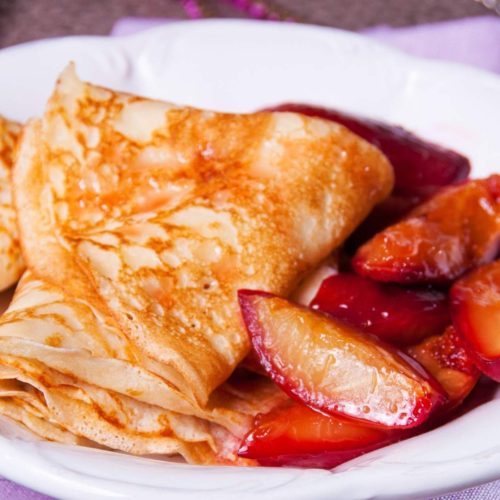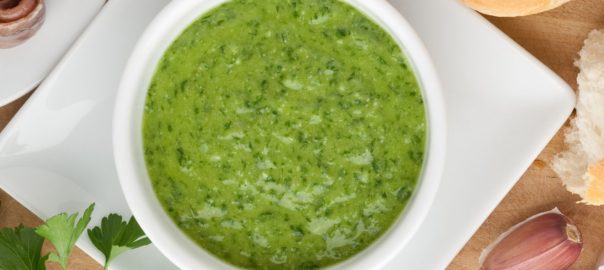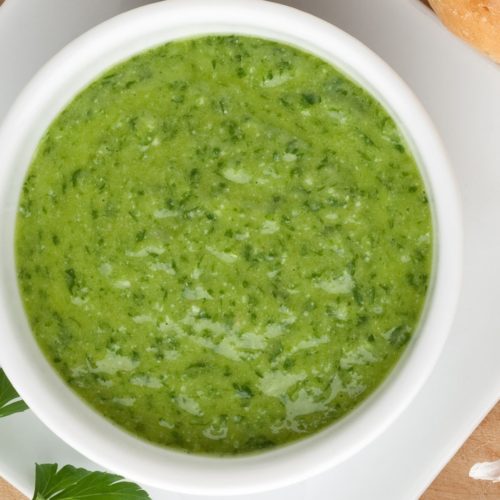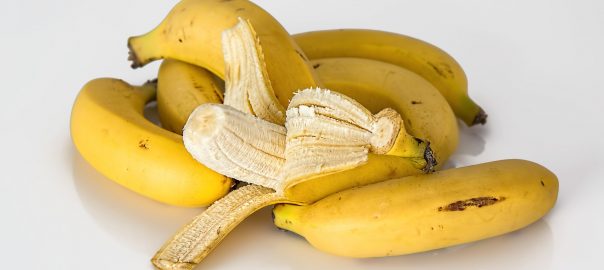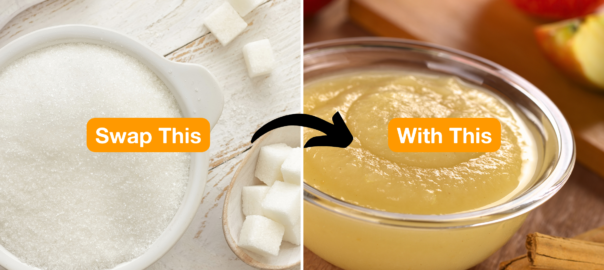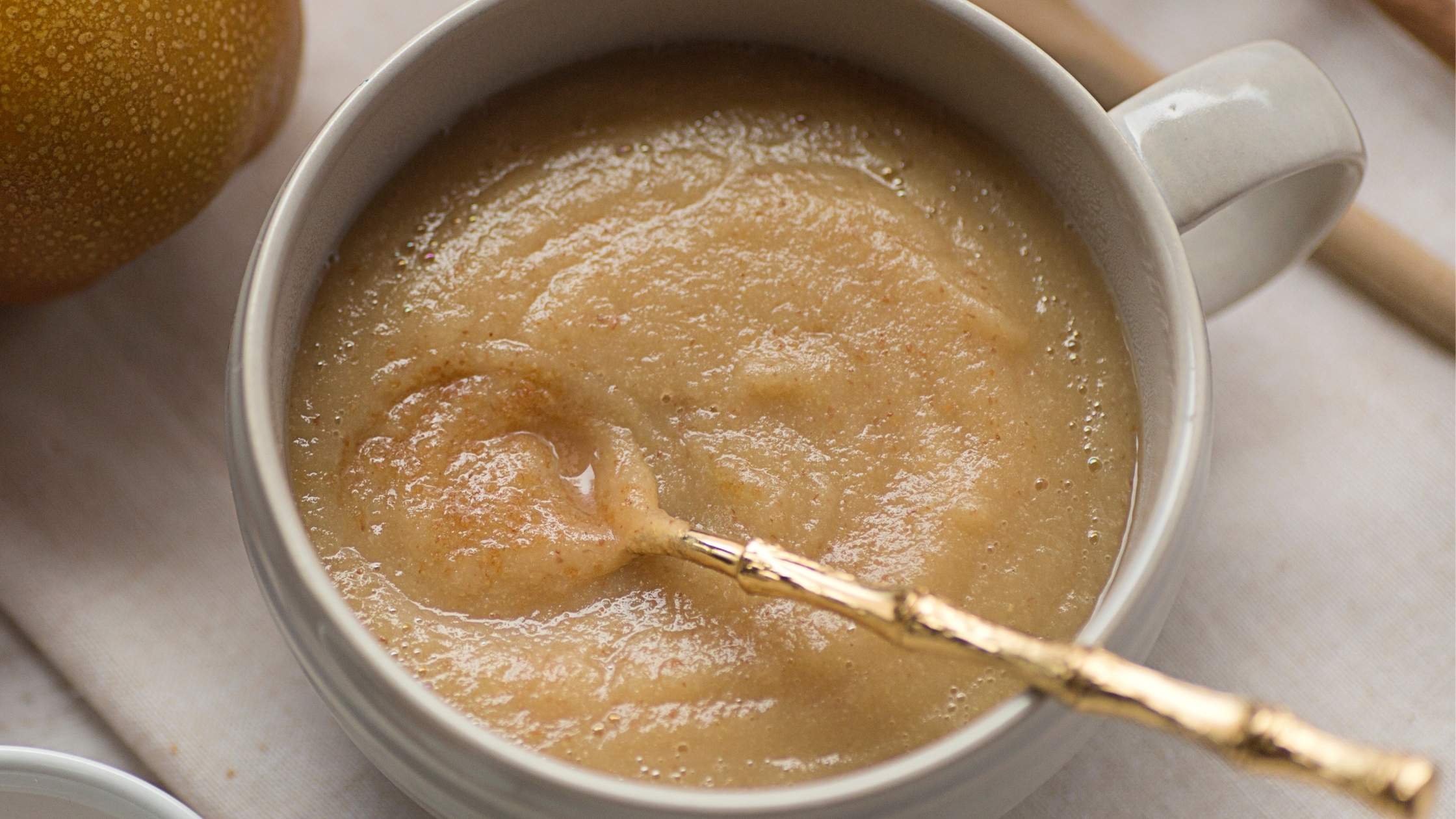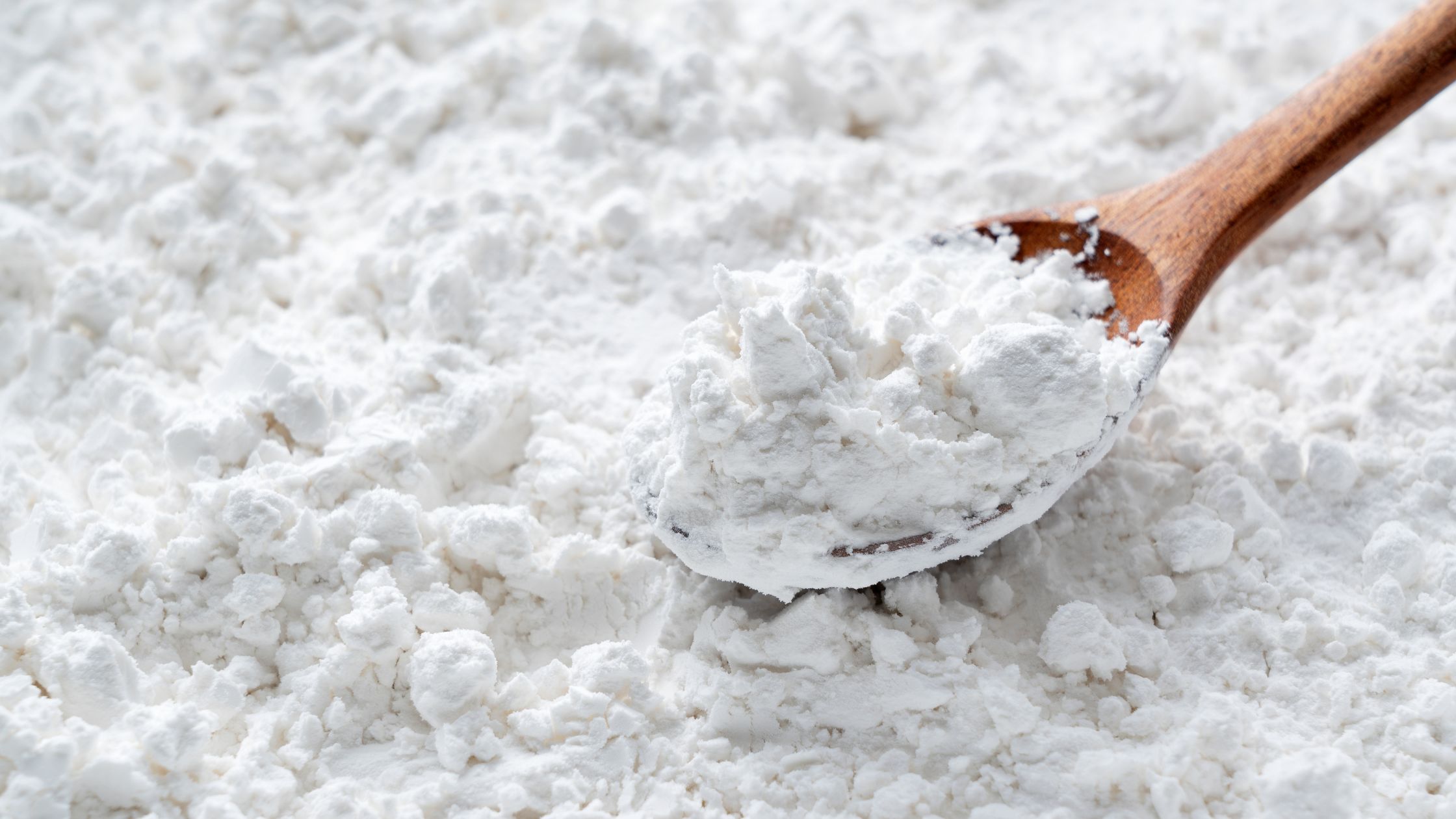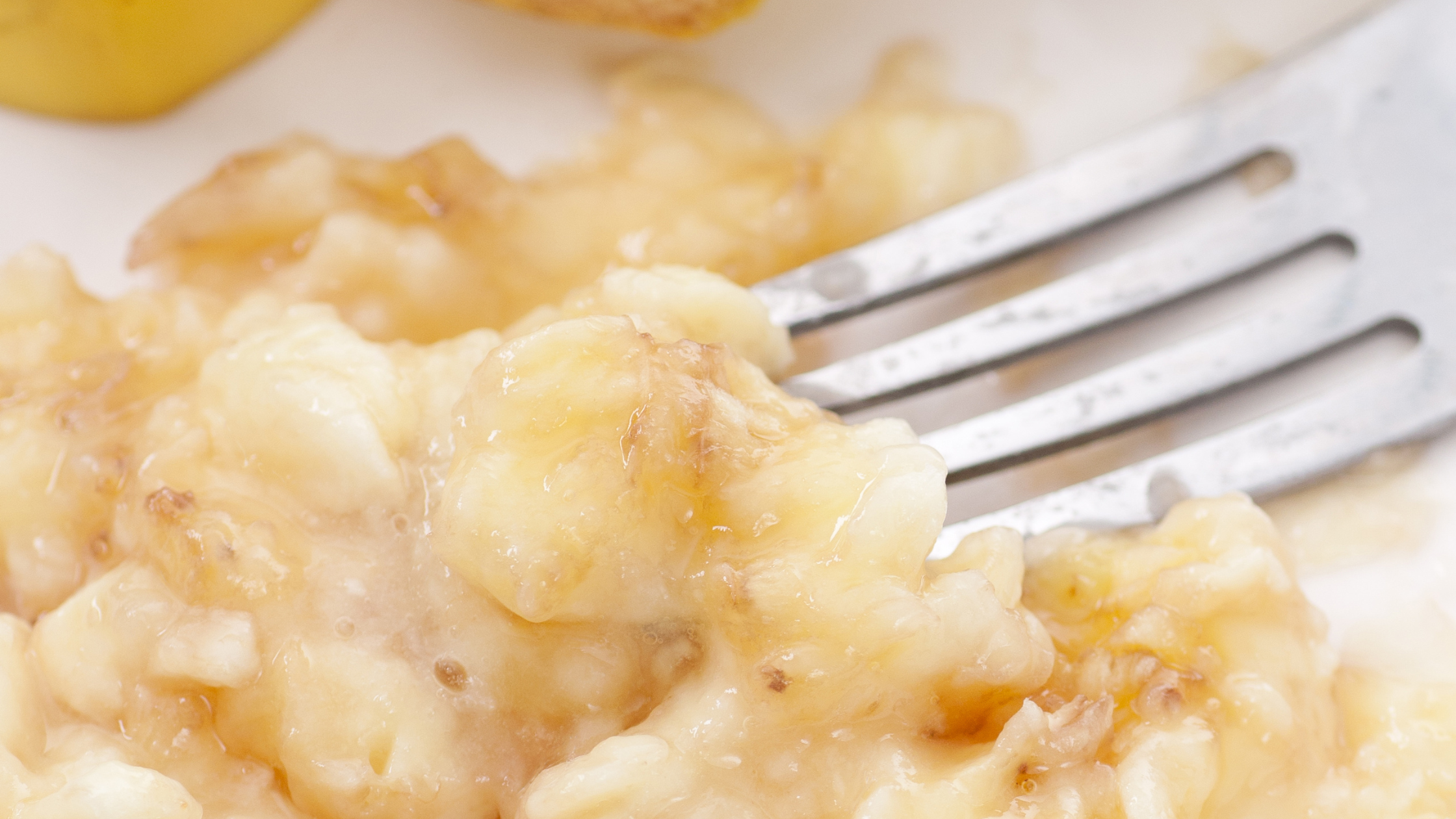I love lentils
This recipe is one that I created as sort of an Italian style ratatouille, a French peasant stew. I substituted the lentils for the eggplant to give a protein boost and it's a great variation. Served over polenta with a side of spinach sauteed with garlic, lemon and Italian spices it makes a fabulous meal. So I've decided to call it Tuscan Lentil Stew. Whatever you call it, it sure is delicious! And the leftovers, if there are any, are even better than the original because the flavors continue to mellow and combine even after cooking.
Lentil nutrition
Lentils referred to in Indian cuisine as daal, come in a number of different colors/types. There are the traditional brown lentils that most of us see at the grocery store. You can however also buy red lentils, which have less fiber, the dark French green ones, a yellow lentil, and a type called Masoor which are brown on the outside but red on the inside. When combining lentils with a grain, such as rice, you get a complete protein as all of the essential amino acids are present.
Lentils are tasty little legumes which pack a powerful nutrition punch. High in fiber, protein, folate, iron, potassium, folate, and manganese, they are quick-cooking and easy to use in a wide variety of dishes and cuisines. They don't require lots of soaking and can be quickly prepared and ready for a dish without too much effort.
- 1 C. lentils rinsed and picked over
- 1 onion chopped small
- 3 cloves garlic minced
- 3 zucchini cut into 1/2" slices
- 1 bell pepper diced
- 3 tomatoes diced
- 1 1/2 t. Italian herbs
- 1/2 t. red pepper flakes
- 2 T. olive oil
- 2 1/2 C. vegetable stock
- In a stockpot heat olive oil and saute onion and garlic until onion is starting to soften
- Add the herbs and bell pepper and saute one more minute
- Add remaining ingredients and simmer on med-low until lentils are done, about 30 minutes
- You may need another 1/2 C. of stock
- Salt to taste
- Delicious served over polenta and topped with fresh grated parmesan cheese
- 1 C. cornmeal (I prefer fresh ground but you can use store bought, be sure it's organic corn)
- 1 tsp. salt
- 3 C. water
- Bring water and salt to a boil
- Reduce water to a simmer
- Very slowly add cornmeal (this is important to avoid lumps)
- Cook approximately 20 minutes until mixture thickens
- Remove from heat and pour into a pie plate (for triangles) or a cake pan (for squares)
- Let polenta set for 10-15 minutes
- cut and serve
Updates for Tuscan Lentil Stew
Thanks for your creativity & recipe. I have always enjoyed reading your posting about nutrition and yummy recipes. Keep up the great work!
“- Her method for making polenta “I put the mixture into the top of a double boiler and then don't need to keep stirring or even to check it, until it is about ready and it does not scorch if I don't check right on time.” – This is a great idea and I plan to try the double boiler method the next time I make polenta. One of the things that I like most about this method is that it removes the possibility of scorching which can be a problem.
- “I don’t have any “Italian spice” mix but assume that it would include basil, oregano, parsley and perhaps a bay leaf and or some rosemary I’m really looking forward to trying, tasting then relishing this dish this evening.” – My personal mix, which I use for an Italian style seasoning if I happen to be out of my favorite Penzey's Italian Herb Mix, is 1 tsp oregano + 1 tsp basil + 1/2 tsp thyme + 1/2 tsp rosemary (crushed in a mortar and pestle) + 2 tsp parsley. This makes more than you need for the Tuscan Lentil Stew recipe but is delicious on a lot of things.
-
“I’m eating the stew right now; it is delicious. The lentils (which are a small dark variety) cooked up fine in the half-hour with just a prior rinsing, no soaking needed. I cubed a ball of buffalo mozzarella into the polenta after it cooled for 10 minutes, before transferring it to a round pan to firm up. Now, with the hot stew on top, the cheese melted into the wedge and the topping of freshly grated Parmesan on top give it all an extra, rich fillip. Thank you for sharing this recipe.“ – I love the idea of cubing some mozzarella into the recipe and can see how that would add a tasty texture to the polenta.

